It would not be an exaggeration to state that Rodin’s artistic career was shaped by women. They were his source of inspiration, his assistants, his models, his sexual and romantic partners, his best friends, his patrons of the arts and, sometimes, his jealous enemies.
His life-long partner, assistant and friend was Rose Beuret. She was a country girl, the daughter of a provincial family that owned a vineyard in Vecqueville, Champagne. He met her in Paris in 1864, when she was only eighteen years old. Perhaps largely due to Rose’s devotion and loyalty to the sculptor, they stayed together—in on and off relationship—for over fifty years. Like nearly all of Rodin’s romantic relationships, theirs was tumultuous. It began as a passionate love affair between model and artist.









 English
English
 Français
Français
 Deutsch
Deutsch
 Italiano
Italiano
 Español
Español

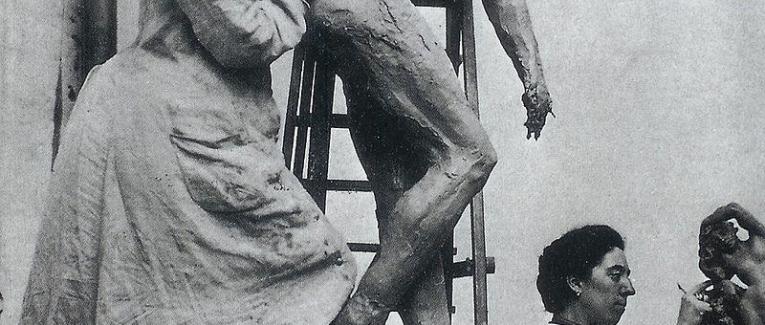
 9 min
9 min

 Colaborar
Colaborar


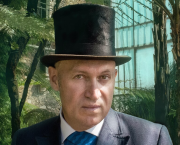


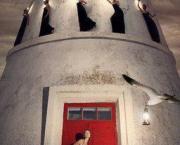

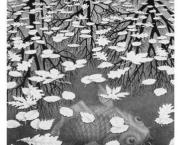
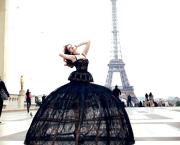


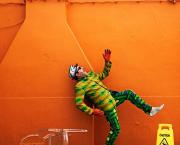

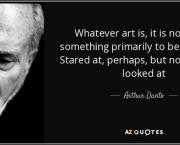

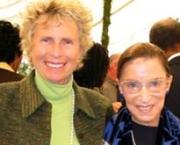



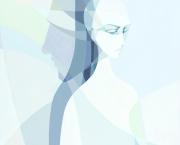

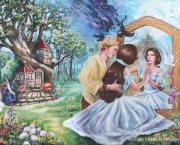





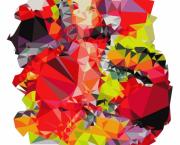





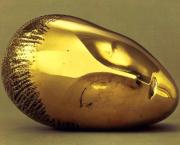

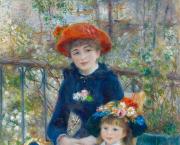
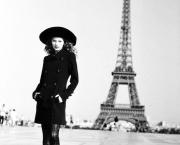
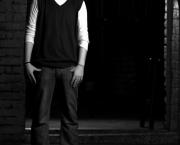
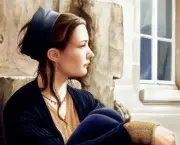





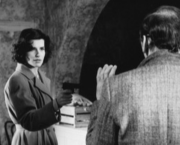
 Puedes apoyar a tus escritores favoritos
Puedes apoyar a tus escritores favoritos






Alexandre Leforestier hace 4 años
Panodyssey lance une nouvelle fonctionnalité qui s'inscrit au coeur de sa vision 🚀
👉 Cette fonctionnalité : le "Commentaire"
👥 Qui peut "Commenter" ?
👉 Tout le monde 🌏 mais pas n'importe qui ! Sur Panodyssey les robots ne sont pas invités à commenter 🤖
✍🏻 Pour commenter sur un article :
- soit tu es un vrai humain authentifié par nos soins ✅
- soit tu es un humain généreux 💰 ayant déjà soutenu financièrement un(e) auteur(e) et notre partenaire financier a géré l'authentification ✅